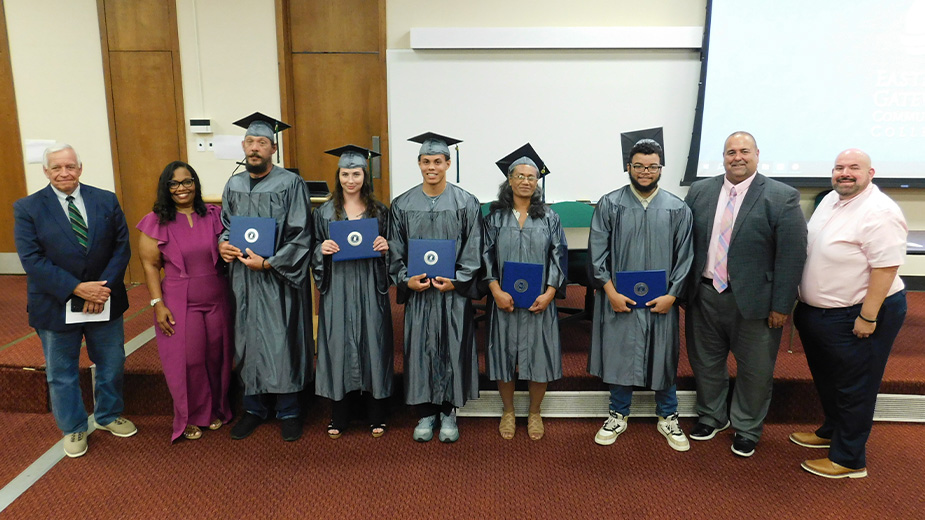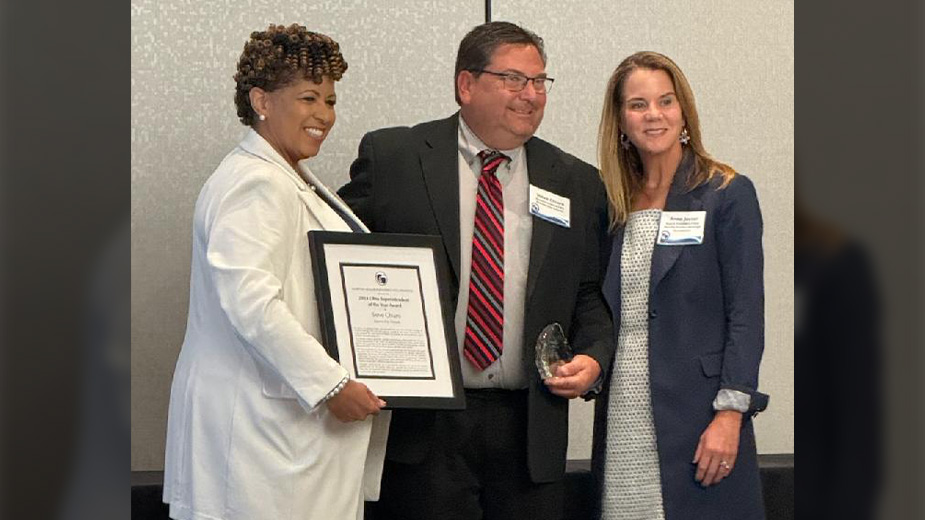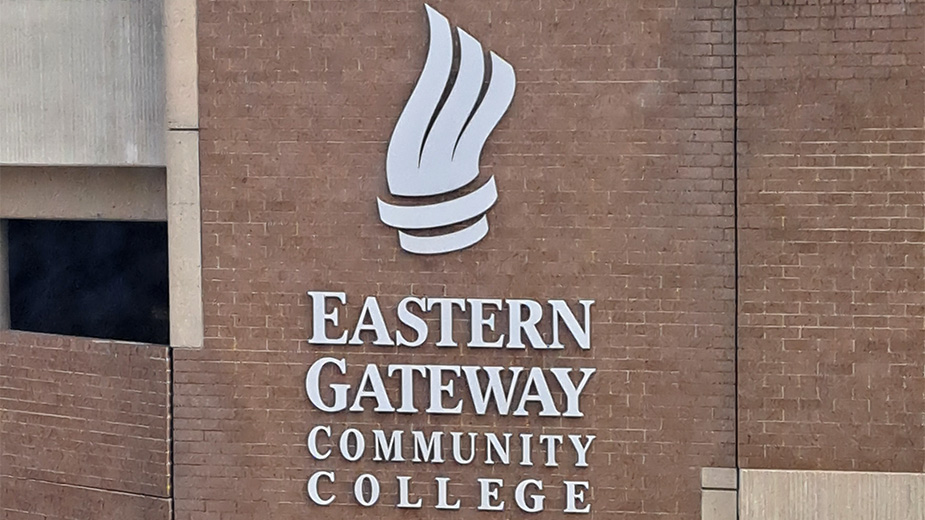Valley Schools Get $3.46M in Broadband Grants
COLUMBUS, Ohio — Sixty-seven school districts in the Mahoning Valley will each receive a share of $3,462,246.42 from the state’s BroadbandOhio Connectivity Grant program.
State Rep. Michele Lepore-Hagan, D-Youngstown, announced the Mahoning County recipients in a release Monday morning. Funding is made possible from $50 million in federal Cares Act funding the state set aside to provide Wi-Fi hotspots and internet-enabled devices to students. Lt. Gov. Jon Husted announced the program in July.
“Providing our children with the best education possible during a pandemic has its challenges. I’m thankful this grant money can be put to use in helping our children succeed at such a critical time in their development,” Lepore-Hagan said.
Mahoning County received the most with $1,700,027.31 being shared among 30 districts, including:
- Academy for Urban Scholars Youngstown: $113,902.55
- Austintown Local School District: $72,794.64
- Boardman Local School District: $98,150.07
- Campbell City School District: $151,466.16
- Youngstown City School District: $151,465.24
- Struthers City School District: $141,154.35
- Lowellville Local School District: $21,822.13
In Trumbull County, 24 districts received $1,025,880.92, including:
- Brookfield Local School District: $53,800.78
- Champion Local School District: $20,000
- Girard City School District: $151,466.16
- Howland Local School District: $20,000
- Hubbard Exempted Village: $8,550
- Liberty Local School District: $45,439.85
- Warren City School District: $151,466.16
And in Columbiana County, 13 districts received $736,338.19, including:
- Southern Local School District: $151,243.91
- Beaver Local School District: $50,892.63
- Columbiana Exempted Village: $32,254.30
- Crestview Local: $42,410.53
- East Liverpool City School District: $46,893.92
- East Palestine City School District: $78,623.30
- United Local: $70,910.40
- Wellsville Local: $63,827.84
In the application process, districts were required to identify eligible groups of students who would benefit from the funds. Those groups include economically disadvantaged students as defined for EMIS reporting, including students on free or reduced lunch; vulnerable children and youth as defined by the Ohio Department of Education; students who might have chronic conditions and students who do not have other access to the internet.
Eligible expenses include devices and services that provide internet connectivity, such as home internet paid for by the district, hotspot/MiFi with a service plan, mobile hotspots (including those on buses), public Wi-Fi infrastructure and other technology that provides a connection for the students.
Published by The Business Journal, Youngstown, Ohio.



